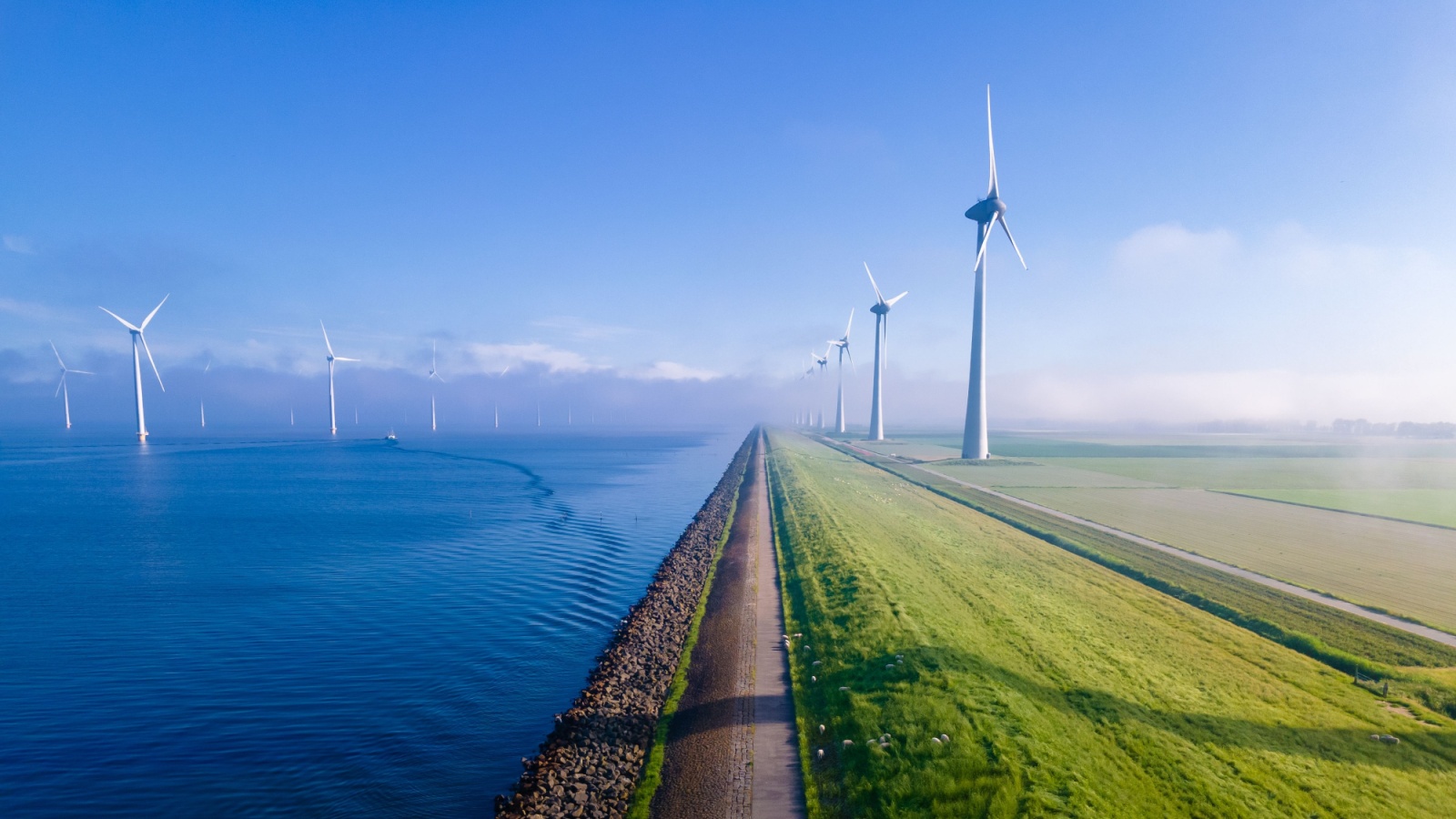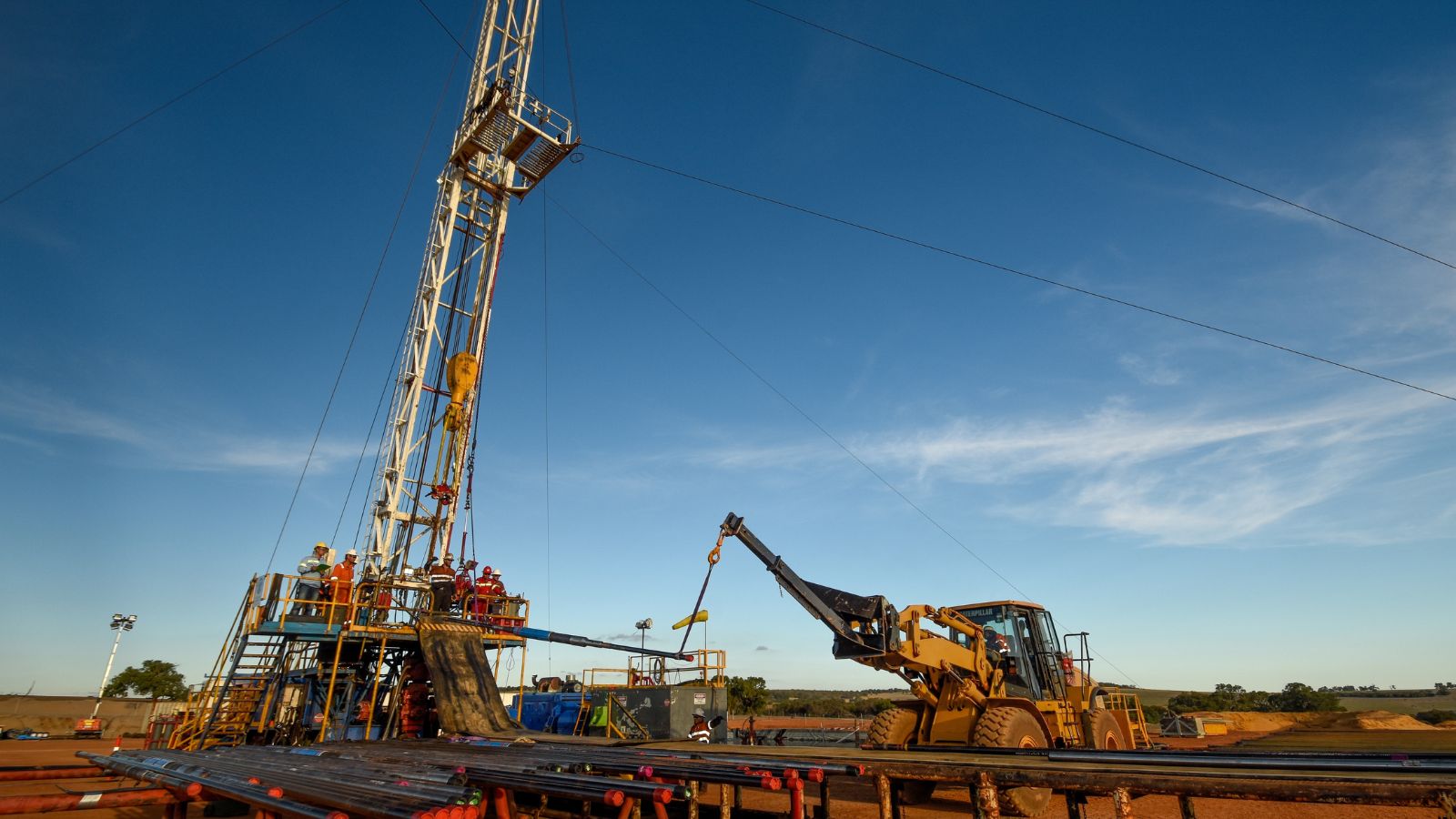Canada’s investment landscape is shifting rapidly, shaped by global markets, technology, and domestic policy changes. From clean energy breakthroughs to demographic-driven housing demand, the country offers opportunities for both seasoned investors and those just starting out. Here are 19 Canadian investing trends that could explode this year:
Green Hydrogen Production

Canada’s push toward net-zero emissions is creating momentum for green hydrogen production, particularly in provinces like Alberta and Quebec. Government subsidies and international demand are fueling projects designed to replace fossil fuels in transportation and heavy industry. With Europe seeking clean energy imports, Canadian producers are well-positioned to supply, and investors see this as a long-term growth market with potential for exponential expansion over the next decade. Early involvement in infrastructure, storage, and distribution companies could yield significant returns as the technology scales and costs drop.
Battery Recycling Facilities

The electric vehicle boom is creating a parallel market for battery recycling, turning spent lithium-ion units into valuable raw materials. Canada’s mining expertise and environmental regulations give it a competitive edge in this sector, with facilities in Ontario and British Columbia already processing thousands of tonnes annually, and capacity expected to triple by 2030. Investors are eyeing companies that can efficiently extract cobalt, nickel, and lithium while meeting sustainability standards. With automakers under pressure to secure ethical supply chains, this niche could become one of the decade’s fastest-growing industries.
Agricultural Technology (AgTech)

Canadian AgTech is on the rise, combining AI, robotics, and data analytics to improve crop yields and resource efficiency. From smart irrigation systems in the Prairies to vertical farming in urban centers, these innovations address both climate change challenges and food security needs. Federal grants and export opportunities are boosting startups in this space, attracting venture capital from around the globe. Investors willing to back early-stage companies could benefit from a rapidly expanding market projected to be worth billions, as this sector blends sustainability with profitability, making it a compelling play in 2025.
Industrial REITs in Secondary Markets

While big-city real estate has cooled, industrial REITs in mid-sized Canadian cities are thriving. E-commerce growth is driving demand for warehouses, distribution centers, and logistics hubs in places like Halifax, Saskatoon, and Moncton. These properties offer lower acquisition costs with strong rental yields and long-term tenant stability, and as supply chains decentralize, these secondary market REITs could see significant appreciation. For investors, they offer a defensive asset class with steady income potential, even in uncertain economic conditions. The combination of industrial demand and regional affordability makes this a trend worth watching closely.
Offshore Wind Farms

Atlantic Canada is emerging as a hotspot for offshore wind energy, with large-scale projects planned off the coasts of Nova Scotia and Newfoundland. These developments are attracting billions in investment from international energy companies. The region’s strong wind resources and proximity to European markets make it especially attractive, as early investors could benefit from infrastructure contracts, turbine manufacturing, and power purchase agreements. As renewable energy demand grows, these offshore projects could become major economic drivers for the region, offering stable, long-term returns in an increasingly climate-conscious global economy.
Critical Mineral Mining

Canada’s rich deposits of lithium, cobalt, and rare earth elements are becoming vital to the global tech and EV industries. With geopolitical tensions limiting supply from other countries, Canadian mining companies are securing significant investments. Provinces like Ontario and Manitoba are fast-tracking exploration and extraction projects. For investors, the opportunity lies not just in mining companies, but also in refining and processing facilities that can meet domestic and export demand. As the world races toward electrification, this sector could see explosive growth over the next decade.
Indigenous-Led Renewable Energy Projects

Indigenous communities across Canada are spearheading renewable energy initiatives, from solar farms in Alberta to hydro projects in British Columbia. These ventures often receive strong governmental and corporate support, creating investment opportunities that combine profitability with social impact. Investors are increasingly drawn to these projects for their long-term stability, community backing, and environmental benefits. With reconciliation and sustainability at the forefront of national policy, Indigenous-led energy development is poised for significant expansion in 2025 and beyond.
Canadian Cannabis 2.0 Products

While the initial cannabis boom cooled, the next wave of edibles, beverages, and wellness products is showing strong growth potential. Regulatory clarity and evolving consumer tastes are pushing the market beyond dried flower sales, and companies focusing on branded, high-quality products with clear dosage and lifestyle appeal are gaining traction. Export opportunities to Europe and Asia could further fuel growth, and the sector offers a second chance to get in before valuations climb again for investors, particularly in niche segments like infused drinks and premium wellness lines.
AI-Driven Resource Exploration

Artificial intelligence is transforming Canada’s mining and oil exploration industries by improving accuracy and reducing costs. Startups are developing algorithms that can analyze geological data to pinpoint high-potential drilling sites. This tech-driven approach reduces environmental impact while speeding up discovery. Major resource companies are partnering with AI firms to gain a competitive edge, creating investment opportunities in both software providers and exploration ventures. As AI adoption accelerates, this could become a core tool in Canada’s resource economy, reshaping how the industry operates.
Timberland Investments

Sustainable forestry is gaining attention as both a climate solution and an asset class. Canada’s vast forest reserves offer opportunities for investors to buy timberland that generates revenue through logging, carbon credits, and recreational leases, and, managed correctly, these lands can produce consistent returns while appreciating. With global demand for sustainable building materials rising, Canadian timber stands out for its quality and certification standards. Timberland investments provide a hedge against inflation and an environmentally responsible addition to diversified portfolios.
Purpose-Built Rental Housing

Housing affordability challenges are sparking a boom in purpose-built rental developments, especially in cities with tight supply like Victoria, Ottawa, and Halifax. These projects offer predictable income streams for investors. They are often supported by municipal incentives, and as more Canadians choose renting over homeownership, demand for high-quality rental units is expected to remain strong. Developers and REITs in this space could see steady growth, making it an appealing defensive play in a fluctuating housing market.
Carbon Capture and Storage (CCS)

Canada’s oil and gas sector is investing heavily in carbon capture technology to meet emissions targets. Large-scale CCS projects in Alberta and Saskatchewan are attracting partnerships between governments, energy companies, and tech firms. For investors, the opportunity lies in both the infrastructure and the specialized equipment needed for these operations. With global demand for emissions reduction solutions on the rise, Canadian CCS initiatives could become a major exportable expertise, delivering returns while contributing to climate goals.
Water Infrastructure Upgrades

Aging water systems in Canadian municipalities are driving investment in modern treatment plants, desalination, and leak detection technologies. Climate change and population growth are adding urgency to these upgrades, while companies specializing in water technology, engineering, and infrastructure financing stand to benefit. Investors are recognizing water as both an essential resource and a defensive investment, with stable demand regardless of economic cycles. This sector offers long-term growth potential tied directly to environmental sustainability and public health.
Small Modular Reactors (SMRs)

Nuclear energy is making a comeback in Canada, with SMRs leading the charge. These compact, safer reactors are seen as a key solution for providing clean, reliable power to remote communities and industrial sites. Ontario and New Brunswick are already advancing SMR projects with government backing, and investors could benefit from early involvement in manufacturing, engineering, and fuel supply chains. As SMRs gain global attention, Canada’s expertise in nuclear technology could become a valuable export industry.
Clean-Tech ETFs

Exchange-traded funds focusing on Canadian clean-tech companies are attracting investor interest as the sector matures. These ETFs offer exposure to a diversified basket of companies involved in renewable energy, energy efficiency, and environmental solutions. For retail investors, they provide a lower-risk entry point into a high-growth sector. With global capital pouring into sustainability, Canadian clean-tech ETFs could see strong performance over the next few years, benefiting from both domestic innovation and export demand.
Cold Storage Facilities

The rise of e-commerce grocery delivery and vaccine distribution has fueled demand for modern cold storage facilities. Canada’s current capacity is limited, creating investment opportunities in both construction and REITs specializing in temperature-controlled logistics. As consumer behavior shifts toward online food purchases and healthcare supply chains expand, this niche real estate market could deliver consistent rental yields and strong appreciation.
Sustainability-Linked Bonds

Sustainability-linked bonds (SLBs) are gaining attention as Canadian issuers seek to align financing with measurable environmental goals. Unlike traditional green bonds, SLBs tie the interest rate or repayment terms to the borrower meeting sustainability targets, such as cutting carbon emissions or improving resource efficiency, which is appealing to investors looking for both returns and accountability. With more Canadian corporations and municipalities adopting climate strategies, SLBs could see rapid expansion. For investors, they offer a way to blend financial performance with environmental impact, potentially outperforming traditional fixed-income options over the long term.
Mining and Critical Minerals Boom

Canada’s vast reserves of lithium, nickel, cobalt, and rare earth elements position it to be a global leader in the critical minerals supply chain. These resources are essential for batteries, electric vehicles, and clean energy technologies, which are sectors experiencing explosive global demand. Government incentives, infrastructure investments, and geopolitical shifts away from single-source supply have fueled exploration and development in provinces like Ontario, Quebec, and British Columbia. As production capacity grows, investors could see significant returns from both established mining giants and emerging exploration firms. This boom may also strengthen Canada’s role in the clean energy transition for decades to come.
Private Credit Expansion

As traditional banks tighten lending criteria, Canadian businesses, especially small and mid-sized enterprises, are increasingly turning to private credit providers. This has opened opportunities for investors seeking higher yields in a low-interest-rate environment. Private credit offers diversification, less correlation to public markets, and the potential for steady income streams. While it carries higher risks, experienced managers can mitigate them through due diligence and careful structuring. With institutional investors showing growing interest, private credit funds in Canada are expanding rapidly. This niche could become a mainstream asset class, providing a fresh avenue for portfolio growth and risk-adjusted returns.
21 Products Canadians Should Stockpile Before Tariffs Hit

If trade tensions escalate between Canada and the U.S., everyday essentials can suddenly disappear or skyrocket in price. Products like pantry basics and tech must-haves that depend on are deeply tied to cross-border supply chains and are likely to face various kinds of disruptions
21 Products Canadians Should Stockpile Before Tariffs Hit
